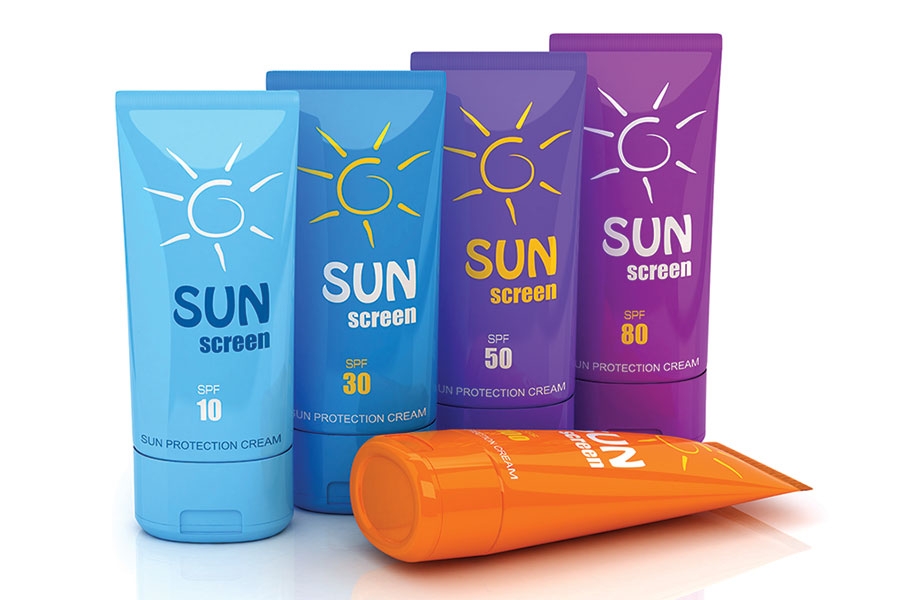Sunscreen Essentials: Quick Facts You Need to Know
Written by Shannon Esau, CEO of Rhonda Allison CosmeceuticalsThere is no question about it – ultraviolet protection is absolutely essential. Ultraviolet rays are responsible for 90 percent of skin aging and are the leading cause of cancer in the United States. But, with so many sun protection formulas on the market, changes in sunscreen regulations constantly coming down the pipeline, and the amount of misinformation circulating about sunscreen ingredients, how do clients know if what they are putting on is actually protecting their skin or causing more damage?
No matter where a professional stands on the chemical versus mineral sun protection issue, the bottom line is, educating clients on all aspects of sun protection is imperative. Not only is it critical to their overall health, prevention is their best defense against aging skin.
The Sun and Skin
First, it is important to clear the air. Some sun is necessary, not only for the skin, but for overall well-being. Exposure to sunlight has an energizing effect, is good for the soul, and is a source of vitamins D and D3, which are critical for liver functionality. Ten minutes in the sun each day can be highly beneficial. But, individuals still need a layer of protection.
Minerals and Sunscreen
Topical sunscreens are broadly classified into two groups: chemical absorbers and physical blockers. Chemical absorbers work by absorbing ultraviolet rays while physical blockers reflect ultraviolet rays. And though there has long been much debate between chemical versus physical blockers, the fact is, a vast majority of SPF formulas on the shelves today have a laundry list of chemicals that subject the skin to dangerous ingredients. These unstable chemicals are also, then, absorbed by the body and have been linked to a host of health issues within the skin and beyond.
Physical blockers, such as zinc oxide (ZnO), are not absorbed by the skin. Rather, they sit on the skin’s surface, blocking UVA and UVB rays and acting as a natural, reflective shield. It is also important to note, traditionally, formulas labeled SPF only refer to UVB ray protection; but now the FDA requires sunscreens to indicate on their labels whether they protect against UVA rays, as well. The UVA/UVB protection labels will read “broad-spectrum SPF” and only those of SPF 15 and higher can claim to reduce the risk of skin cancer and photo-damage.
It is recommended clients opt for an SPF of 30 if they plan to be in direct sunlight for several hours, as it provides 97 percent protection from ultraviolet damage. On a daily basis, an SPF 15 to 25 is sufficient for normal sun exposure, such as walking to and from the car or in and out of buildings. It is also important to give the skin sufficient antioxidants prior to sunscreen application, for additional support and to ensure more concentrated protection against free radicals.
Whichever side of the chemical versus physical fence professionals land on, when selecting the right protection for clients, they should take into consideration what will provide the best health benefit to the skin. True, the best sunscreen is the one they will use, but also keep in mind that zinc oxide is an inorganic compound and an essential mineral for the body. Not only does this powerful mineral provide broad-spectrum protection, it also plays an important role in cell production, promotes healthy skin and hair, and boosts the immune system – and who does not like a skin care ingredient that serves multiple purposes?
